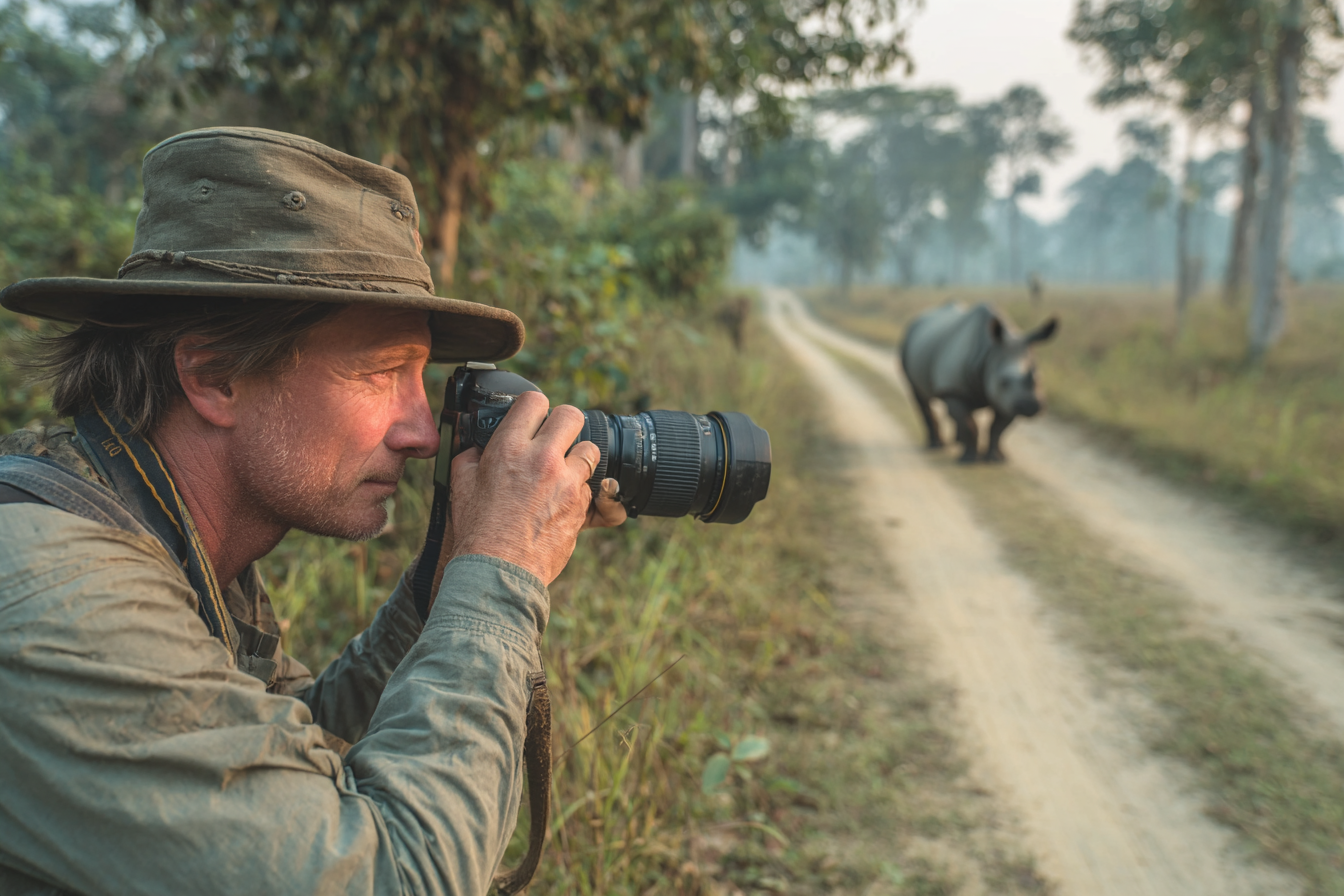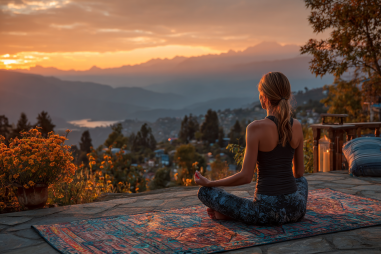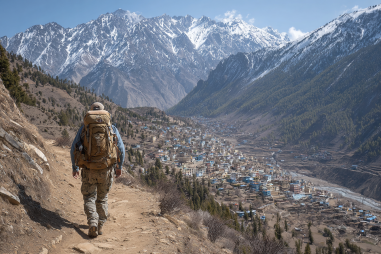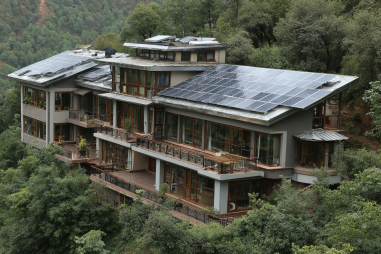Embarking on a photography adventure in Bardia National Park offers an unparalleled opportunity to capture the raw beauty of Nepal’s wilderness. This remarkable park, home to diverse wildlife such as Bengal tigers, wild elephants, and rare birds, is a treasure trove for photographers looking to combine the thrill of safari with the art of photography. Whether you’re a seasoned professional or an enthusiastic amateur, understanding the key aspects of shooting in this environment can elevate your images from simple snapshots to breathtaking stories. This guide will walk you through the best subjects, timing, gear, and techniques to help you capture unforgettable moments in Bardia National Park.
Best Photographic Subjects in Bardia National Park
Bardia National Park is rich in biodiversity, offering a variety of fantastic photographic subjects that appeal to nature and wildlife enthusiasts alike. The standout photographic subjects include the elusive Bengal tiger, which roams the park’s dense jungles. Spotting and photographing a tiger in its natural habitat is a thrilling challenge and a highlight for many visitors.
Aside from tigers, Bardia is known for its large population of Asian elephants that can be captured both in motion and at rest near riverbanks. You’ll also find sloth bears, leopards, wild boars, and several species of deer, each offering unique photographic opportunities. Bird photographers will delight in the myriad of species, from the vibrant kingfisher to the majestic hornbill.
Don’t overlook the landscapes either—Bardia’s sweeping grasslands, riverine forests, and the Karnali River provide stunning backdrops that complement wildlife shots. Close-up nature photography is also rewarding here, with vivid flora and fascinating insects to explore.
Ideal Times of Day for Photography
Lighting plays a crucial role in wildlife and landscape photography, and in Bardia National Park, timing your shoots can make all the difference. The best times to photograph wildlife are early in the morning and late in the afternoon. During these golden hours, natural light is softer and warmer, casting beautiful hues across the environment without harsh shadows or overexposure.
Early mornings often bring the most activity as animals emerge to feed and hydrate after the cooler night, providing excellent chances to capture dynamic behaviors. Late afternoons similarly offer a blend of golden light and lively animal movement before dusk.
Midday light, though often harsh, can be used creatively for landscape shots or when photographing animals in shaded areas. Additionally, dawn and dusk are fantastic times for bird photography, as many species are most active during these cooler periods.
Recommended Camera Gear and Settings
Choosing the right camera gear is pivotal to maximizing your success in Bardia. Given the unpredictable nature of wildlife photography, versatile equipment capable of adapting to various distances and lighting conditions is essential.
A DSLR or mirrorless camera with a fast autofocus system will serve you well, paired with a telephoto zoom lens (such as 100-400mm or 150-600mm) to capture distant subjects like tigers or elephants without disturbing them. A wide-angle lens is a great addition for capturing landscapes or environmental portraits.
To adjust for varying light, shoot in shutter priority or manual mode. Use faster shutter speeds (1/500s or higher) to freeze animal movement and avoid motion blur. Set your ISO between 400-800 for most conditions, and increase only if lighting is poor to maintain image quality.
Continuous shooting mode enables you to capture a burst of images during fleeting wildlife moments. A sturdy monopod or tripod can help with stability during long waits or low-light situations.
Tips for Wildlife Photography Etiquette
Respecting wildlife and their environment is crucial when photographing in Bardia National Park. Follow these ethical guidelines to minimize disturbance and ensure responsible photography:
- Maintain Distance: Use long lenses instead of approaching animals. Sudden movements or close proximity can stress wildlife or cause them to flee.
- Stay Quiet and Patient: Silence and stillness help you blend into the environment, increasing your chances of natural behavior shots.
- Follow Park Rules: Adhere strictly to park regulations and guides’ instructions to protect yourself and the animals.
- Avoid Flash Photography: Flash can startle animals and disrupt their natural behavior.
- Leave No Trace: Do not disturb plants, litter, or leave anything behind. Preserve the park’s pristine condition.
Using Natural Light and Composition
Mastering natural light and composition techniques will take your photographs from good to exceptional. Utilize the golden hour light to enhance textures and colors by positioning yourself with the sun behind or to the side of your subject.
Look for interesting backgrounds and foreground elements to add depth and context. Rule of thirds, leading lines, and framing techniques can guide the viewer’s eye and create balanced compositions. For wildlife, capturing animals in action or exhibiting natural behavior makes images more compelling.
Don’t be afraid to experiment with silhouettes during sunrise or sunset, or reflections in water bodies for creative effects. Patience to observe lighting changes and animal movements will reward you with unique photographic moments.
Post-Processing Suggestions
Post-processing is an important step to refine your images while preserving their natural appeal. Use photo editing software like Adobe Lightroom or Photoshop to enhance colors, contrast, and sharpness subtly.
Adjust the exposure if certain details are lost in shadows or highlights. Carefully reframe if needed to perfect the composition. Noise reduction can clean up images taken at higher ISO settings without sacrificing detail.
Keep edits natural and avoid overprocessing, especially with wildlife photography, where an authentic look respects the subject and environment. Consider creating a consistent editing style that reflects your personal vision and helps your portfolio stand out.
Turning Moments into Memories
Photography in Bardia National Park is more than just capturing images—it’s about experiencing the wild and preserving its stories through your lens. With the right preparation, respect for nature, and creative use of light and composition, your snapshots will transform into vivid memories that inspire and captivate.
Every expedition offers new challenges and countless surprises. Embrace the journey with patience and passion, allowing the unique spirit of Bardia to guide your photography. Whether it’s the fleeting glance of a tiger or a serene landscape at dawn, these moments are yours to treasure and share for a lifetime.







